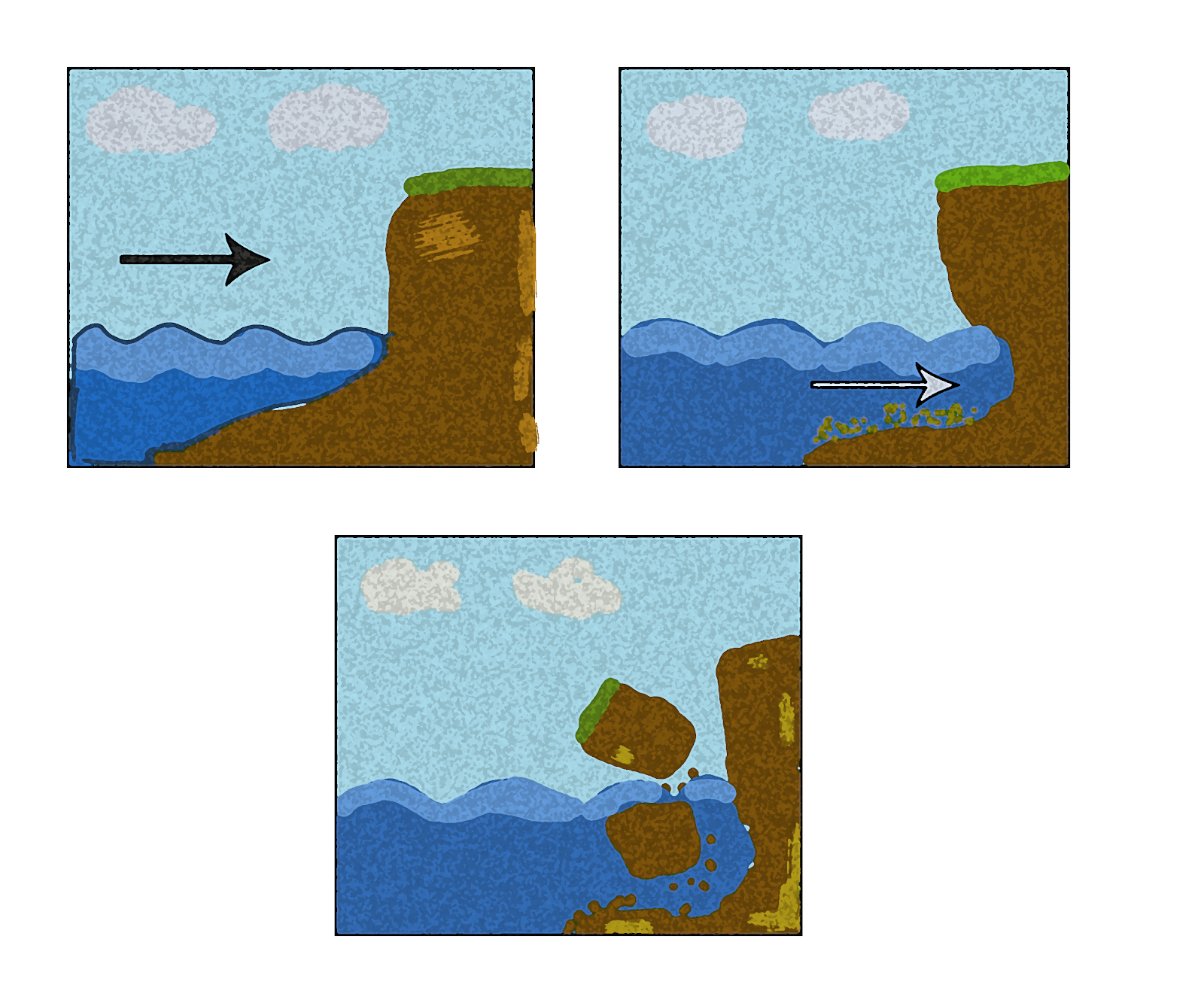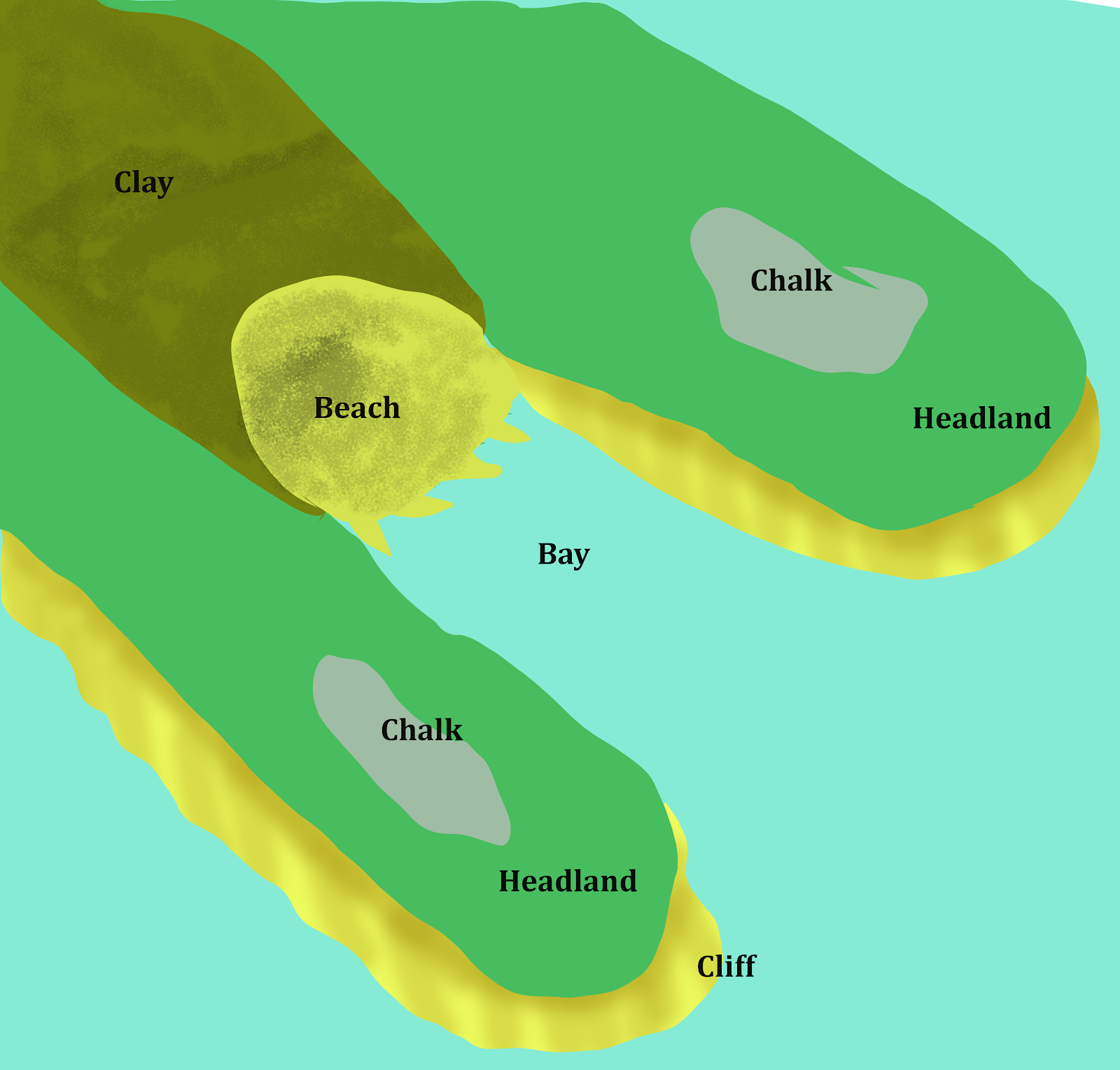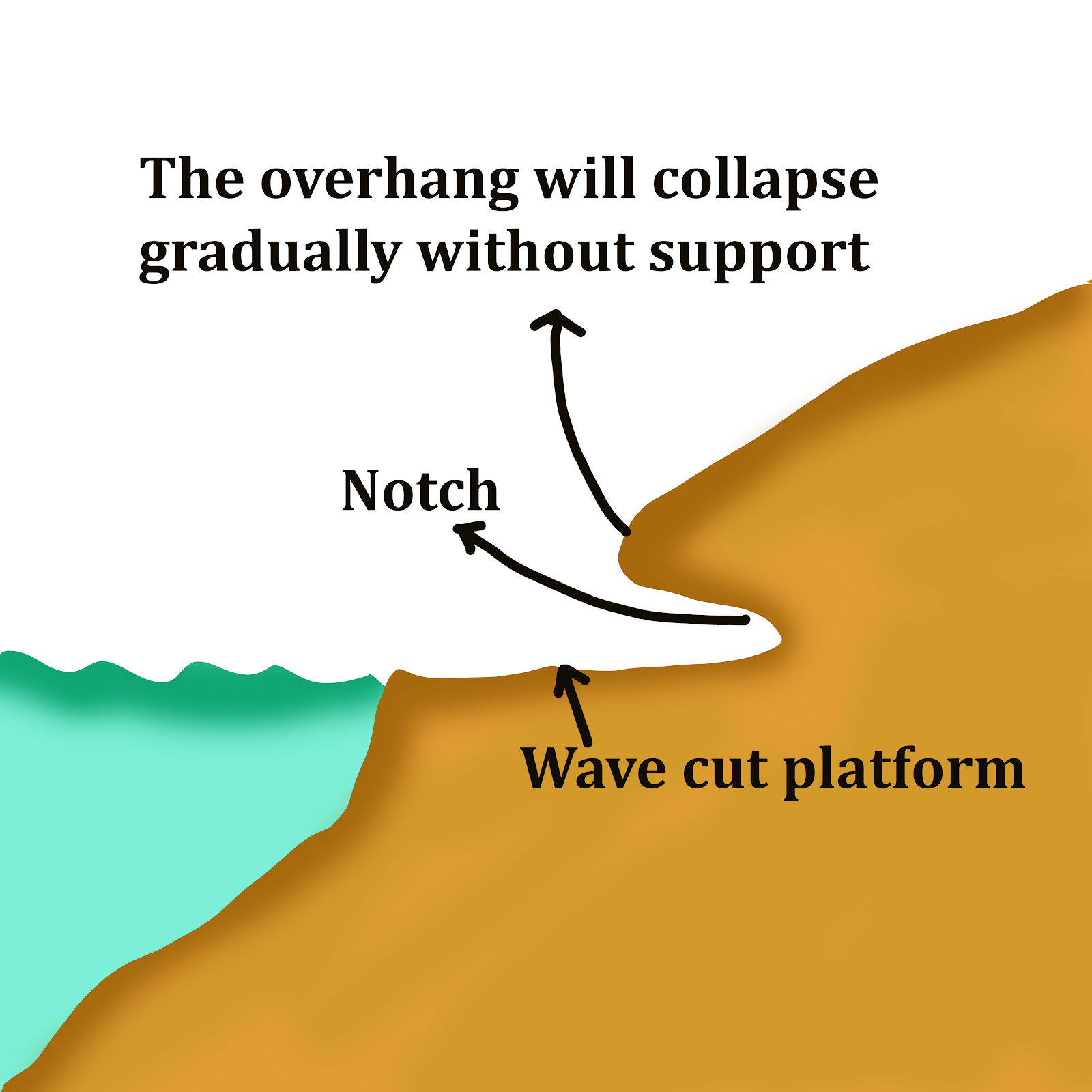The landscapes surrounding coastal regions are a captivating blend of land and sea, where the natural world unfolds in breathtaking splendor. These environments, shaped by the dynamic interplay of geological processes, oceanic forces, and ecological diversity, are a testament to the beauty and complexity of nature. From the tranquil wetlands that buffer the coast to the towering cliffs that overlook the open sea, these landscapes harbor unique ecosystems and geological wonders waiting to be discovered. Understanding the intricate dynamics of these coastal surroundings is not just a matter of natural curiosity; it’s about unraveling the forces that have shaped these environments, exploring the diverse web of life they support, and recognizing their significance in our planet’s geology, ecology, and human experiences. As we embark on this exploration, we’ll journey through the picturesque landscapes surrounding coastal regions, from pristine marshlands to dramatic coastal bluffs, gaining insights into the mesmerizing beauty and ecological importance of these unique environments.
Types of Landforms
There are two types of landforms that are formed by different geographical processes.
- Erosional Landform
- Depositional Landform
1. Erosional Landforms
The erosional process due to the waves of the sea forms erosional landforms along the coastline.
What is Coastal erosion?
The vanishing of coastal areas due to natural factors like wind or waves is called coastal erosion. Look at the diagram below to see how coastal erosion occurs.

Types of Erosional Landforms
Headlands and Bays
Cliffs along the seashore erode the coastline at a different pace. A cliff is a steep rocky structure facing the sea. Different types of rocks are found along the coastline which forms headlands and bays.
Bay is a water body surrounded by land while headlands are water bodies surrounded by land from three sides.

Difference between Bays and Headlands
- Bays
- A land surrounded by water from all sides.
- Features less intense wave activities, less erosion, less resistant rocks, and sandy beaches.
- Bay is formed when soft rock such as sand and clay is eroded.
- Bays are sheltered due to the deposition of sediments which helps in the formation of a beach.
- Example of Bay – Saundersfoot Bay in Pembrokeshire
- Headlands
- A land surrounded by water from three sides.
- Features breaking waves, rocky shores, intense erosion and steep sea cliffs.
- When soft rocks are eroded inwards, the hard rocks stick out in the sea which forms headland.
- Wave-cut platforms and cliffs are features of headlands as they are more open to sea waves.
- Example of Headland – Glamorgan Heritage Coast at Porthkerry.
Cliffs
Cliffs are formed due to erosion and weathering of soft and hard rocks. Soft rocks get eroded easily and quickly and lead to the formation of gently sloping cliffs while erosion of hard rocks makes steep cliffs.
Wave cut platform
It is a wide rocky surface with a gentle slope which is found at the base of a cliff.
A wave-cut platform is formed when in the following conditions :
- The waves hit the foot of the cliff between the high and low watermarks.
- A wave-cut notch is a small landform formed by erosional activities such as hydraulic action and abrasion. It is a dent-like formation at the level of high tide on the cliff.
- Further, the size of the dent i.e. wave notch increases and the cliff starts to become unstable and eventually collapses into the water which leads to the retreat of water off the face of the cliff.
- The backwash takes away the material that fell in the water leaving behind a wave-cut platform.
- This whole process keeps repeating and the cliff retreats even more with it.
- This also leads to the formation of rock pools where a variety of marine life can be seen and is often a spot of tourist attraction.

Caves, arches, stacks and stumps
Caves, stacks, arches and stumps are formed due to the eroding activities of waves and are commonly found on a headland.
- Hydraulic action of waves and abrasion is the main cause of the formation of cracks.
- Cracks are further eroded by waves to form caves. An example of such a cave is Fingal’s cave on the Isle of Staffa, Scotland.
- The caves keep getting big as the waves continue to grind the rocks of the headland and eventually, it detach from the headland forming an arch. Green Bridge of Wales, Castlemartin in Pembrokeshire is a good example of an arch
- The foot of the arch continuously becomes broad under the influence of further wave pressure until its rood becomes heavy and collapses in water. This leaves an isolated block of rock in the sea which is called stack. An example of a stack is Green Stacks Pinnacle at Flamborough Head, East Yorkshire.
- The stack is further cut at the base and forms a small stump.
Depositional Landforms
The depositional processes of waves form various large and small landforms around the coastline. The sediments brought along with the waves are left on the seashore and lead to the formation of depositional landforms.
Types of depositional landforms:
Beaches
Material transported from a distant place is deposited on the seashore. The waves with limited energy hit the sheltered areas like bays and due to less energy of waves, the sediments brought along with waves keep depositing in it. Constructive waves are the main reason for the formation of the beach because these come with a strong swash but have a weak backwash. Waves with less energy form sandy beaches while waves with higher energy form pebble beaches due to the erosion of cliffs.
Spits
A spit is an extended area of sand or shingle extending out into the sea from the land. A change in the shape of the landscape or the presence of river mouth estuary leads to the formation of spits.
How spits are formed?
Longshore drift carries sediments which settle and deposit to form spits when there is a change in the coastline.
The change in the direction of the wind forms a hooked end. Waves cannot go past the spits and thus make it a sheltered region. The silts are deposited here and form salt marshes or mud flats.
Frequently Asked Questions About Landscapes Surrounding Coastal Regions
What are coastal plains, and how do they form as a transition between land and sea?
Coastal plains are flat, low-lying areas near coastlines, formed by sediment deposition from rivers and marine processes.
Explain the characteristics of coastal plateaus and the geological forces that shape these elevated coastal landforms.
Coastal plateaus are elevated areas along coastlines, shaped by tectonic uplift, erosion, and sedimentary processes.
Describe the features and ecological importance of coastal wetlands, including marshes and mangrove swamps.
Coastal wetlands provide vital habitats, filter water, and protect against coastal erosion and storm surges.
What role do coastal dunes play in protecting coastlines from erosion and supporting unique ecosystems, and how are they formed?
Coastal dunes are sand formations held together by vegetation, offering protection against erosion and providing habitats for specialized plants and animals.
How do coastal cliffs and bluffs form, and what are the challenges and risks associated with living or building near these features?
Coastal cliffs result from erosional processes, but they can be prone to landslides and coastal erosion, posing risks to structures and human safety.






